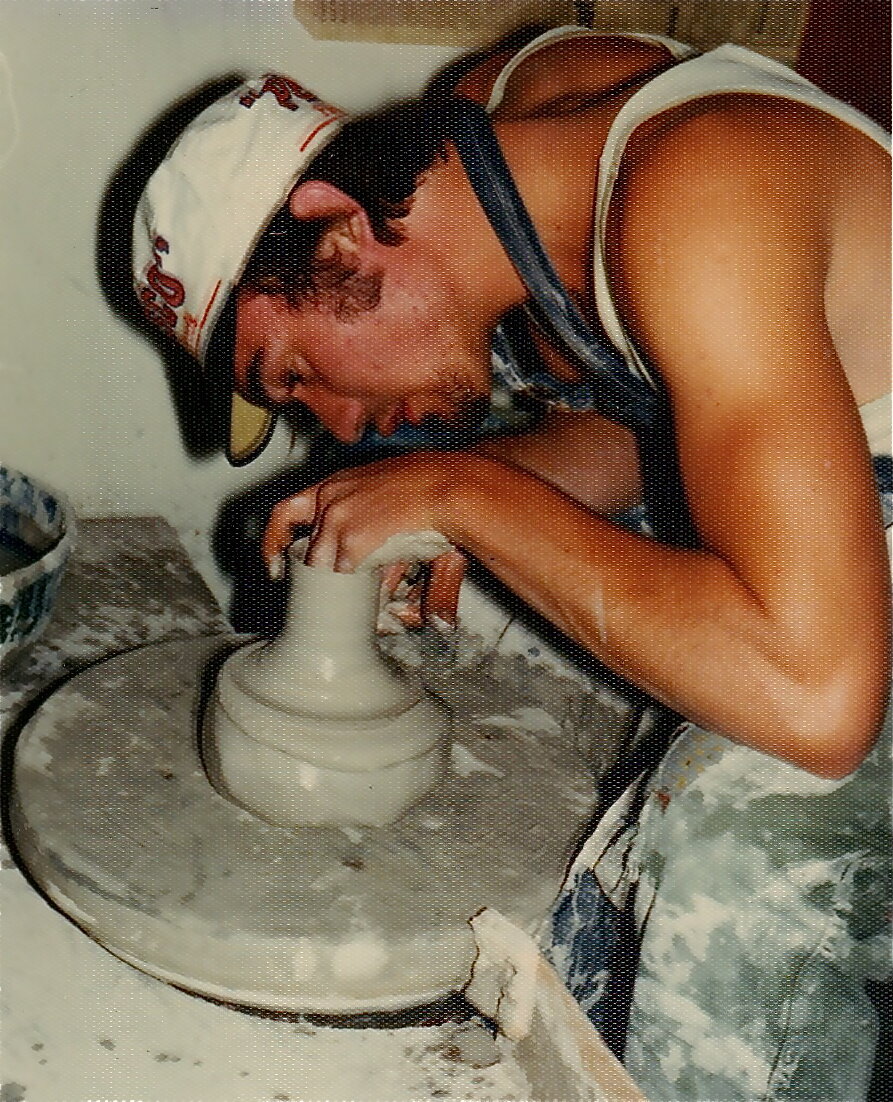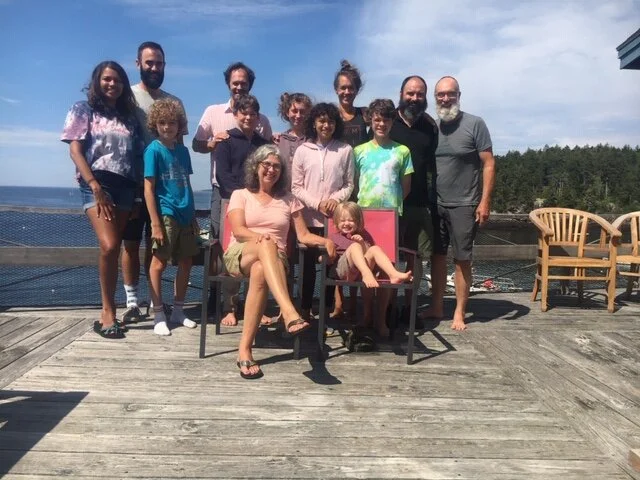In 1967, when I was fourteen, I read an article in the Winter Edition of Vermont Life magazine about four Vermonters involved in the burgeoning craft movement. One worked with leather (Justus Taylor), another worked with wood (Lyman Shove), another with metal (Peter Laffin) and one worked with clay (Tom Fetter).
I read the article several times and studied the photos even more hoping to gain additional insight into these craftsmen that the article didn’t provide . The article described their motivation for pursuing crafts, their aspirations for living with more independence, to be self reliant and a desire to be closer to the materials they worked with and to the land. They shared their hopes to live a life sustained and nurtured by their craft. The article, the ideas presented and the accompanying photos caught my attention in a way that nothing had in my life to that point. It changed my thinking about me and what could be a path to take in life.
Was this kind of life possible, practical and achievable? I wasn’t sure, but I wanted to pursue it as much as a fourteen year old can pursue anything. And why not? I was not engaged in school, labeled the class clown by students and teachers and my parents were starting to be concerned that my interest and skills in baseball were not going to be enough to ensure some level of success in life. With their unconditional support, I made a plan to see where getting involved with crafts might take me.
For whatever reason, it was the potter who most intrigued me and with little reason other than my own gut, I decided that I wanted to become a potter, but first, I needed to learn how to make pottery. This was, looking back, very astute for a fourteen year old boy. With no art department at my school, I turned to my community and to a local potter, Peter Wendland. To be honest, it was my father who made the initial call to Peter to ask if he would meet with me after school some day.
In addition to serving as the director of the Vermont Arts and Crafts Service, he lived in my town and was a potter. After our meeting that went very well, I started working with him after school and on the weekends to learn how to mix clay, throw pots, glaze and fire. Peter was an inspiring guy to work with. He could build anything, knew how to use every tool imaginable, was very creative and ingenious. He always had a variety of projects going at the same time and somehow managed to find success with all of them. It was at his house that I ate my first piece of homemade, whole grain bread, tried a variety of very different cheeses, sampled fresh vegetables from his garden and learned about drinking tea from a bowl. His pottery was used at every meal.









